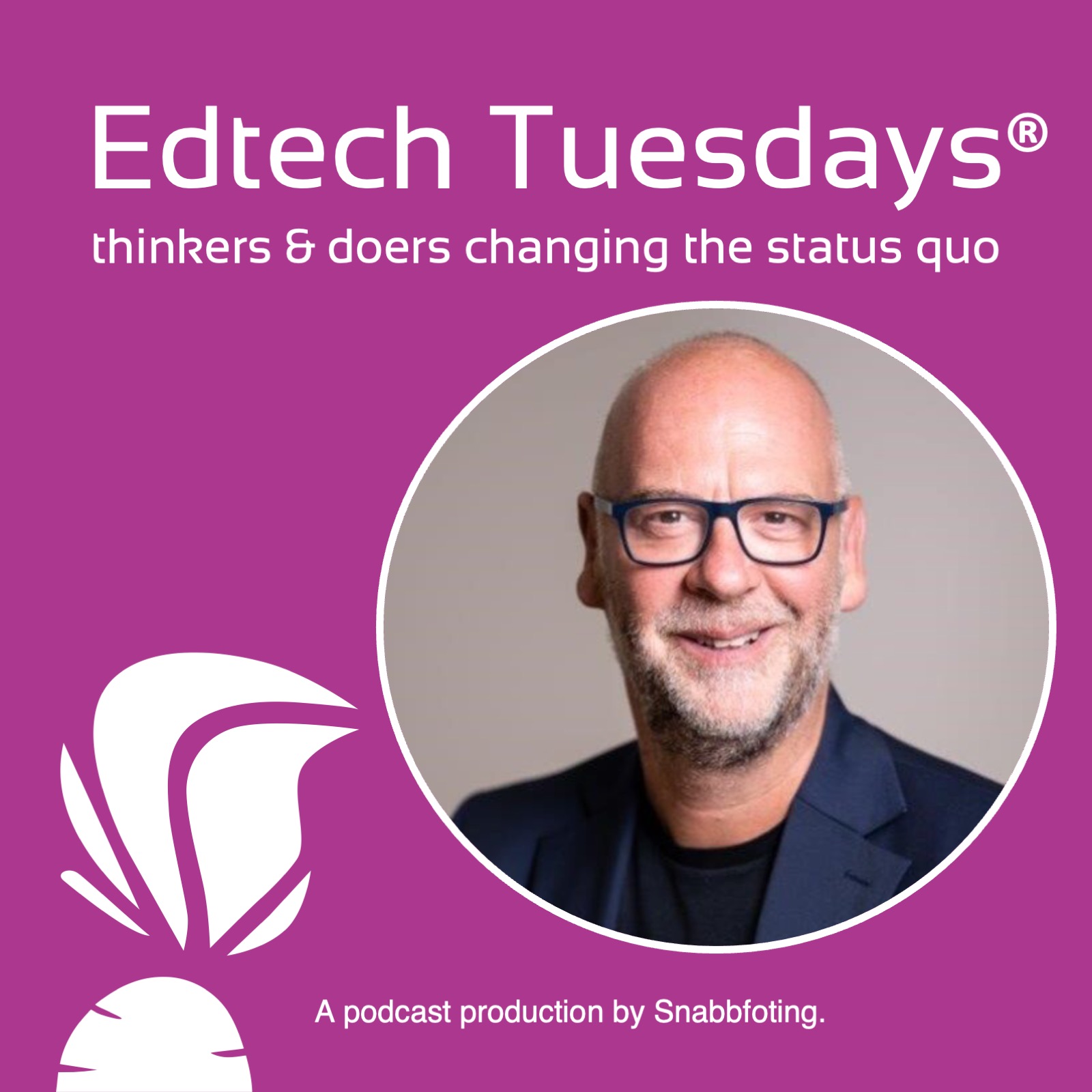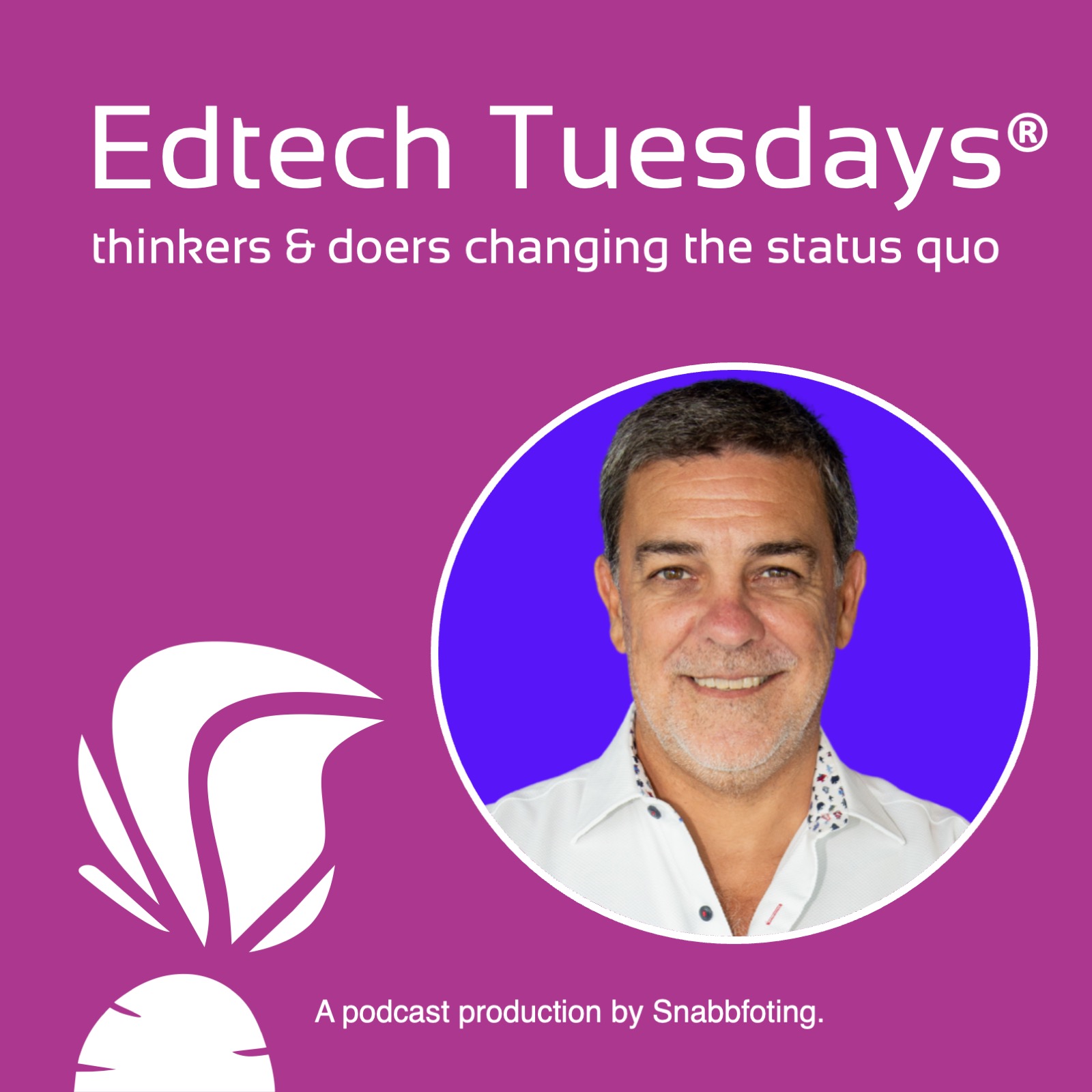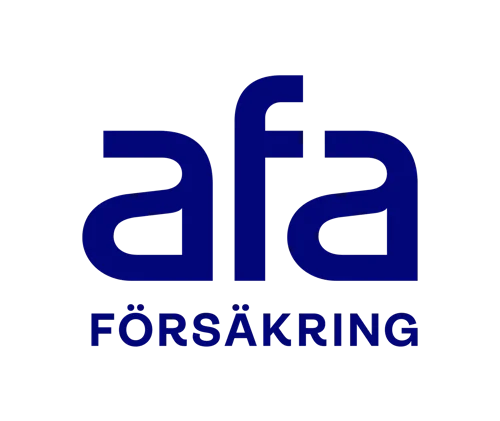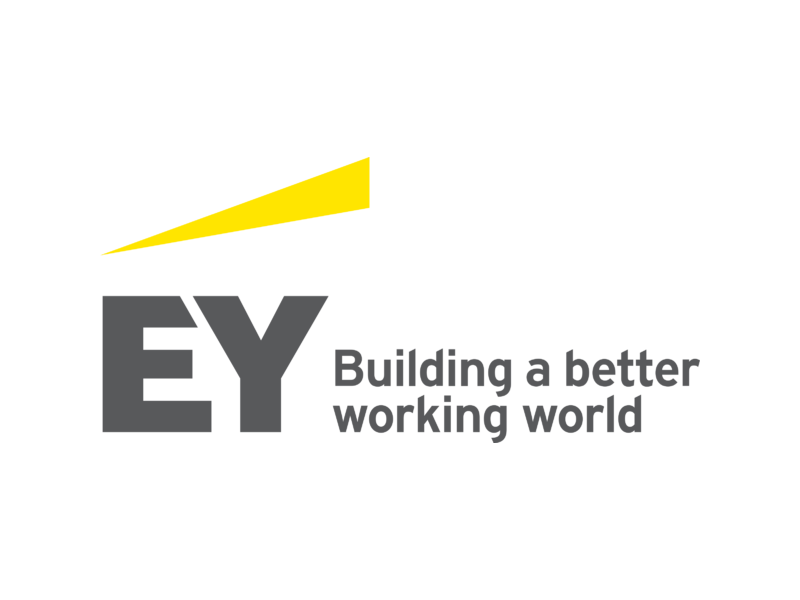What if you lead a horse to the water, and the horse does not want to drink it? What’s your responsibility? What’s the horse’s? Culture is not a one-time fix, and neither is learning. It’s a continuous journey.
Leaders go beyond managing tasks, meetings, and deadlines. Leaders believe in others, are catalysts for growth, and are co-creators of individual and collective success.
In this article, I’ll share some learnings from my culture design certification journey and tips on how I shifted my mindset to have a more present and flexible facilitation style.
I’m obsessed with helping leaders learn and grow. I’m a culture designer and facilitator who loves to help teams outperform the status quo. Let’s dive in!
Awareness is a skill to reward
“The first step toward change is awareness. The second step is acceptance.” – Nathaniel Branden.
Wisdom is the ability to see both sides and weigh them appropriately. Every dialogue has another side. Not knowing is often more comfortable than knowing.
What dialogue is
The meaning of dialogue from the Greek diálogos is the free flow of meaning between two or more people. To know that we’ve attained a successful outcome in a dialogue, we need to consider two questions. How does this free flow of meaning lead to success? And, how can you encourage an engaging and constructive dialogue? The magic happens in teams with psychological safety.
Harvard professor Joseph Henrich said it succinctly in an interview: People don’t think as individuals, we don’t innovate as individuals, we innovate as a team. Groups can create more social connections and achieve more knowledge. Collaboration in larger teams can be compared to a collective brain that helps us be more innovative.
What dialogue isn’t
I turn my concerns into curiosity. I want to understand better, explore, and ask questions to change the status quo. Here are some examples of signs in a group that raise concerns about outcome and participation.
Ego: Focusing on oneself instead of others. The spotlight should be on others.
Being Nice: Candid feedback and conversations can help the team grow. What growth opportunities do the team miss because of avoidance and fear of conflict?
Authority: Co-create the solution and future together with the team. Forget titles when you have dialogues on innovation and experimentation.
Lack of mutual respect: Progress and courage grow out of mutual respect when it is possible to share opinions without judgment.
Groupthink: Promote individual thoughts and ideas rather than hurrying to a consensus of least resistance.
Dialogue is neither avoiding friction and conflict nor disagreeing silently.
What holds us back?
Do you see the same person in the mirror that others see in you?
People assume that others evaluate their actions and behavior more critically than themselves. This belief can lead to self-consciousness, anxiety, and avoidance of certain situations. Believing that others judge us can limit our willingness to take risks, express ourselves, or pursue opportunities.
People with low self-esteem can become overly assertive or loud in order to mask their insecurities. Low self-esteem can manifest in either neglecting one’s appearance or obsessing over it. Timid leaders may struggle to express themselves in a crowd due to self-doubt.
Eleanor Roosevelt’s wisdom: “No one can make you feel inferior without your consent.” Building healthy self-esteem is essential for effective leadership.
Some time ago, I worked together with a toxic senior leader. He was very anxious, had low self-esteem, and a big ego. The spotlight was on himself and his own needs instead of the group. I spoke up about his bad behaviors in several private conversations, without success. In the end, there was no other way than to leave this toxic work relationship. I could not help this leader in becoming more self-aware of his behaviors and blind spots.
What does your inner voice tell you?
Self-awareness is actually quite rare. Dr. Jeff King, associate professor and co-chair of The Ohio State University Leadership Center, shared that 95% of people in a study believed they were self-aware. However, less than 15% met the criteria for self-awareness (Eurich, 2018). Some of the roadblocks for leaders to attaining self-awareness are experience and power, as more senior leaders tend to receive less candid feedback.
Efficient self-awareness requires more than just introspection.
People grow when we believe in them, hold them accountable, and show empathy and mutual respect. Integrity and candid feedback are key.
Easy steps to assess your self-awareness:
1. Block time to reflect:
Explore your thoughts, beliefs, anchors, fears, and emotions.
- What are my core values?
- How do I react under stress?
- What anchors limit me?
- What fears prevent me?
- What triggers my feelings?
2. Seek feedback:
Leaders should ask trusted friends, peers, and mentors for candid feedback. Be open to constructive criticism.
3. Assessment tool:
The Johari Window is a popular tool to help people better understand their relationship with themselves and others. It’s available online for free.
4. Extra resources – Emotion Agility
Video: The Gift and Power of Emotional Courage – Psychologist Susan David shares how we deal with our emotions.
Why are leaders change-resistant?
”We tried this years ago, and it didn’t work.” The unfortunate truth is that resistance can accumulate over time due to past failed changes. This is a common sentiment that I see in my work as a workplace culture consultant.
Examples of resistance to change
Inertia and Habit: People tend to stick to familiar routines. Change requires effort, and overcoming inertia can be challenging.
Fear of the Unknown: Change disrupts routines and introduces uncertainty. The human brain tends to prefer comfort and predictability.
Loss of Control: Change often means giving up control over familiar processes.
Past Experiences: Previous unsuccessful experiences can create a negative sentiment and skepticism. Leaders need to learn from past failures and demonstrate commitment to successful implementation.
Lack of Confidence: Some leaders doubt their ability to adapt to change. Equip yourself and your team. Provide training, support, and resources to boost confidence.
Awareness is a gift! How I shifted my mindset
Before I embarked on my culture design journey with Fearless Culture, I was often in my comfort zone. My facilitation style was that of a driver – an outcome-first, efficient, and action-focused facilitator, where high engagement was secondary.
I started the culture journey to challenge myself, uncover blind spots, grow and experiment.
I have since had the opportunity to work with leaders on culture mapping and alignment and emotions, as part of an open experimental culture change process using the Culture Design Canvas, created by Gustavo Razzetti from Fearless Culture. I developed processes for working with self-awareness and limiting anchors in my proprietary process workflow, ”Turn the Ship Around”. Ultimately, this has allowed me to be more flexible, aware, and proactive.
Where can you start?
Experiment with optimizing for successful outcomes and engagement.
Your life does not get better by chance; it gets better by change.” — Jim Rohn
What super skills do you have that can help you shift your mindset?
Find a mentor: Learn from more experienced peers. Others love to help you, if you ask them.
Unlearn and learn from experiments: Start learning and exploring from small tests. Many small experiments are better than a few large ones. Learning is a continuous journey.
Powerful questions: Ask one new courageous question in every team meeting. Watch and listen to what happens. Let every voice be heard.
Fear of what’s below the surface: Create an environment that helps others speak up. I have designed the tool ”Turn the Ship Around”, around anchors, discomfort, and emotions to create momentum to culture change.
EQ and intellectual humility: Be transparent, and show vulnerability. Learn more about skills such as emotional intelligence and intellectual humility.
Slow down and go farther
It’s a conscious effort to be vulnerable and to uncover blind spots. It’s a milestone to build awareness, and a victory to be open and humble.
Admit when you are wrong, and be flexible enough to change your mind.
Let me know what resonates with you and follow me on LinkedIn! Get in touch to discuss how I can support you in a free consultation.
About Snabbfoting
Snabbfoting connects people to what really matters in their work-life. With support from science, we work with a modern approach where culture and learning are a continuous journey rather than a single event. We serve customers in the Nordics, Europe, and the US, with workplace culture design, continuous learning, and technology as an enabler.








